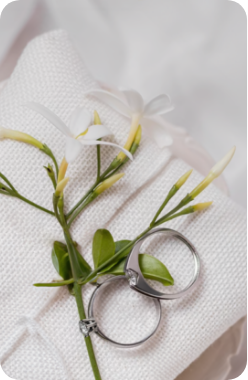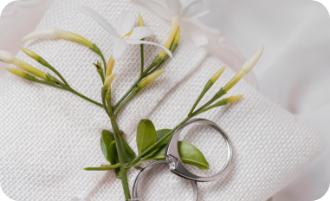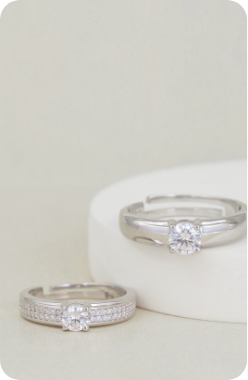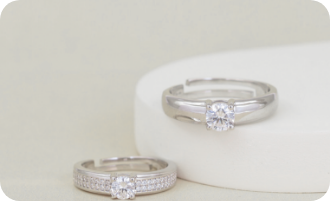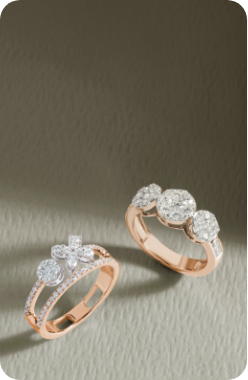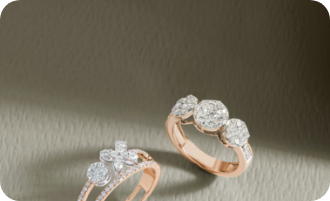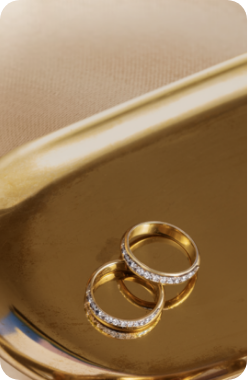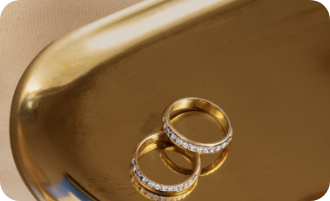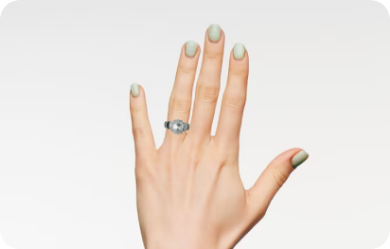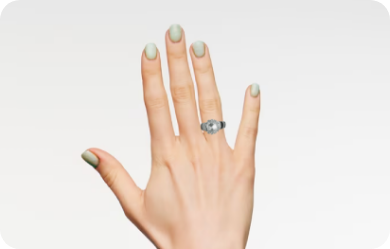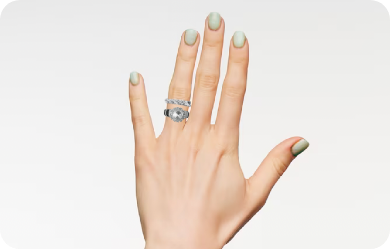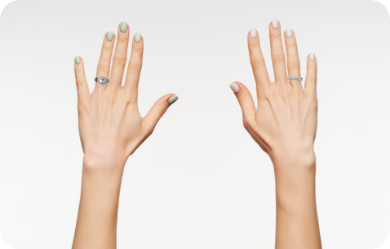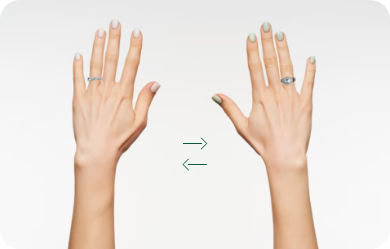What is a Wedding Band?
A wedding band, also called a wedding ring or wedding band ring, is a special piece of jewellery that couples exchange during their wedding ceremony. It is traditionally worn on the ring finger of the left hand, but customs may vary. The wedding band represents the commitment, love, and unity between the spouses. It is a tangible symbol of the marriage covenant and is worn as a constant reminder of the vows exchanged during the wedding ceremony.
Wedding bands are traditionally made of precious metals such as gold (in various colours like yellow, white, or rose gold), platinum and etc. They are often designed as a simple, unadorned band without gemstones or intricate details, symbolizing the eternity and unbroken nature of the marital bond. However, wedding bands can also feature additional elements such as diamonds or gemstones, engravings, or unique designs, depending on personal preferences and cultural traditions.
In modern times, couples often choose matching or complementary wedding bands to symbolize their unity and commitment to each other. However, individual styles and personalisation options allow couples to express their unique tastes and personalities through their choice of wedding bands.




















